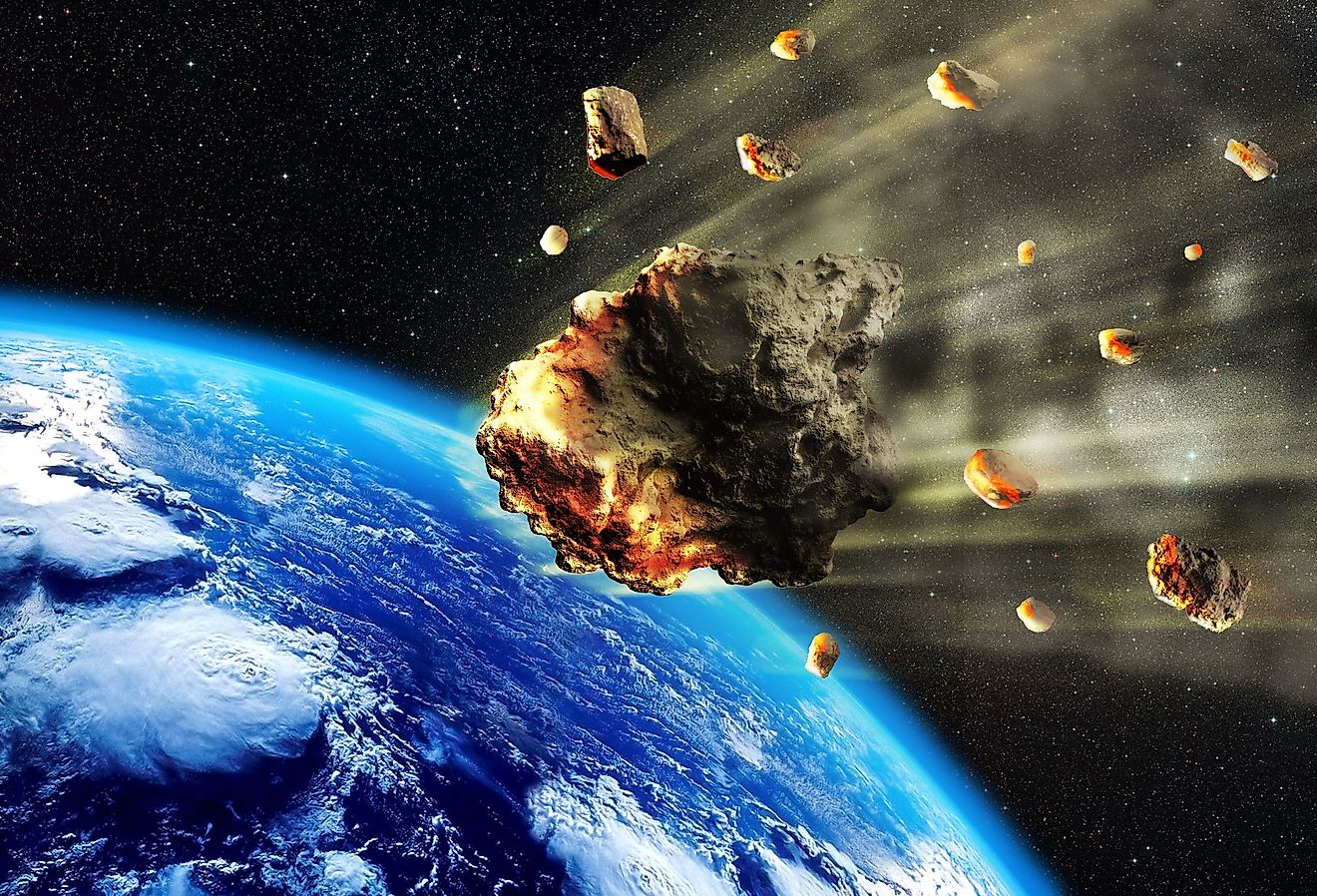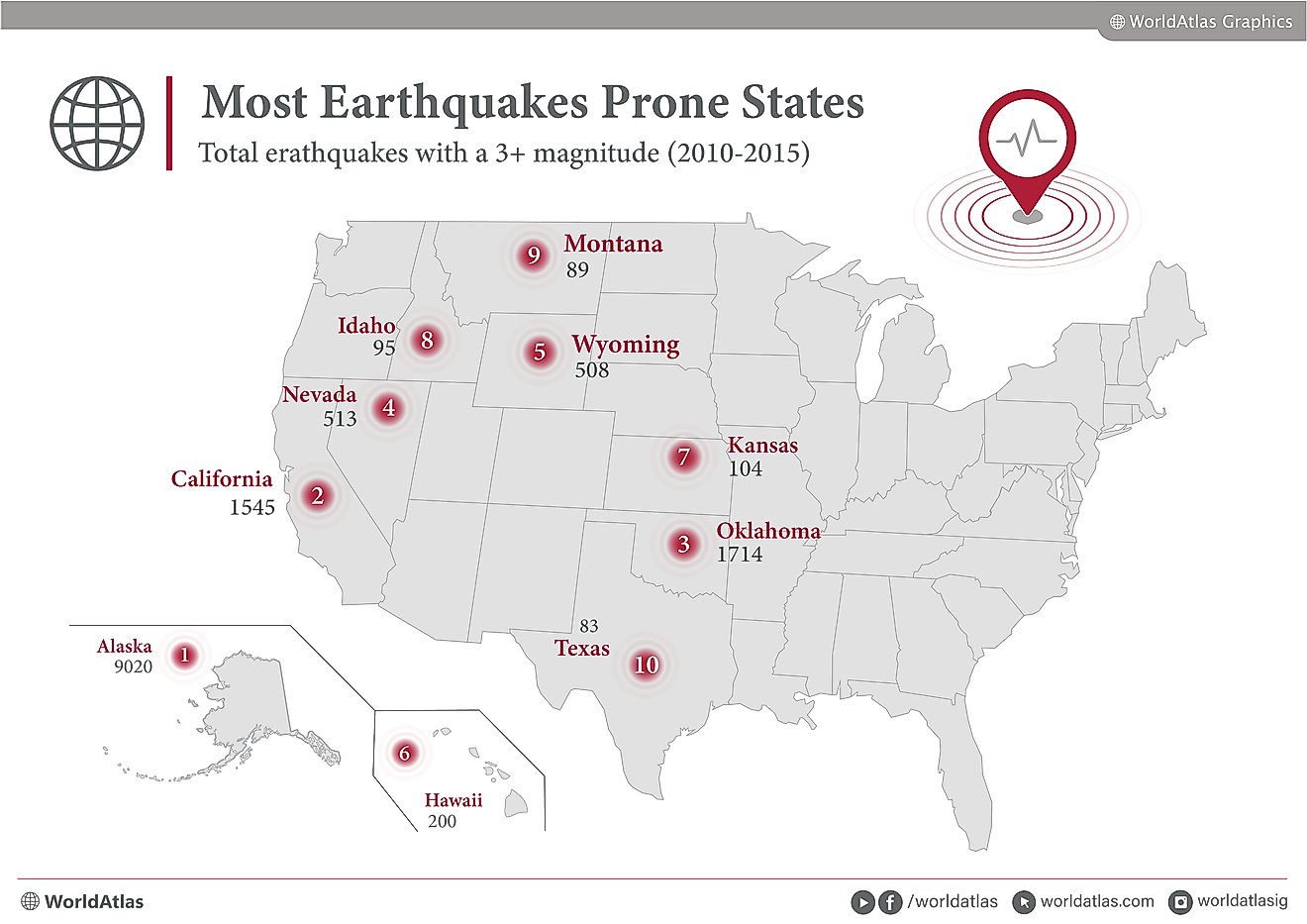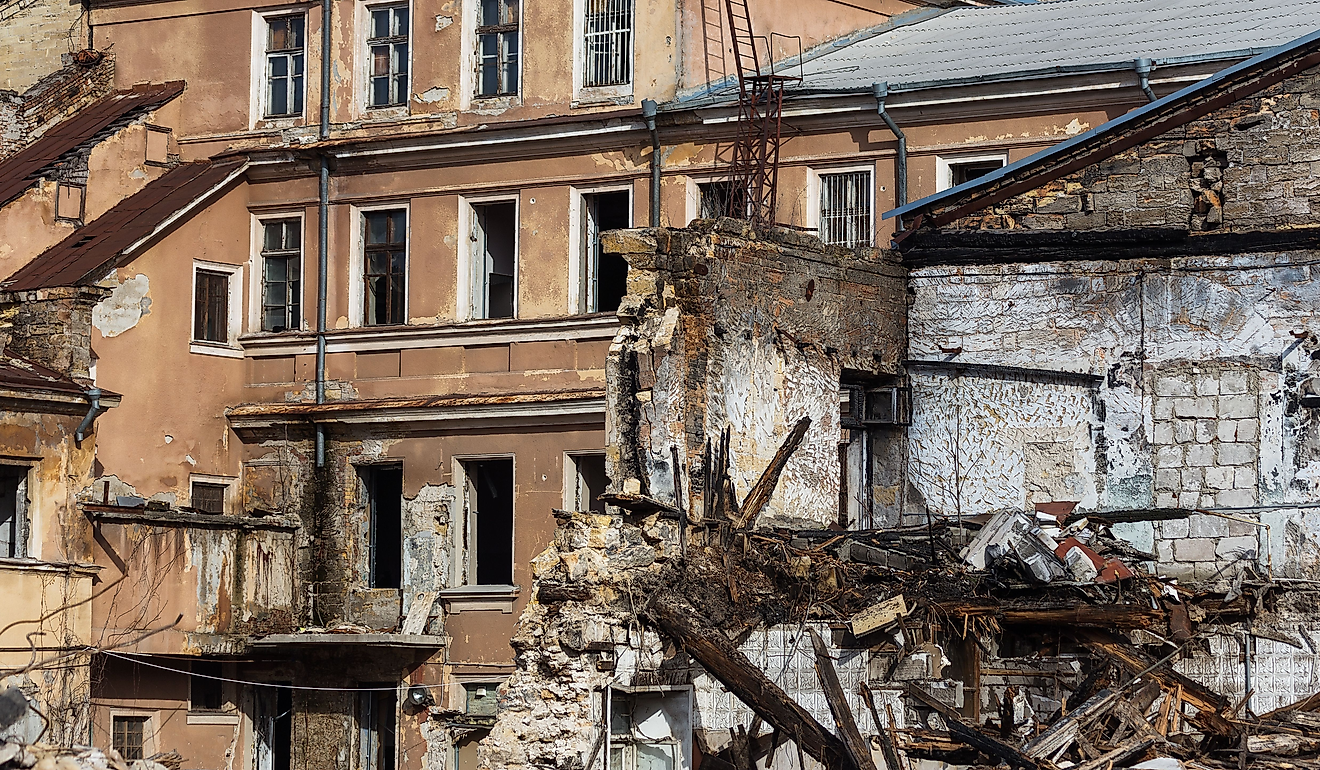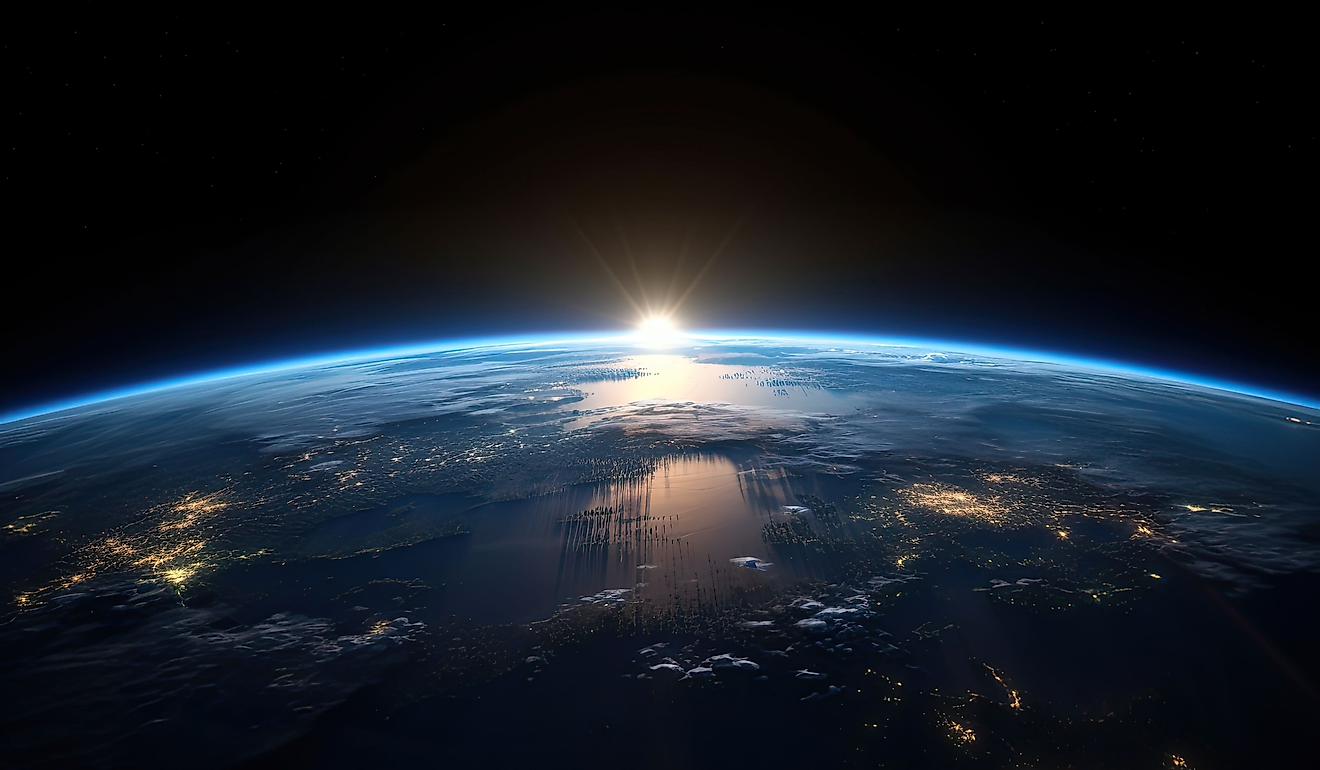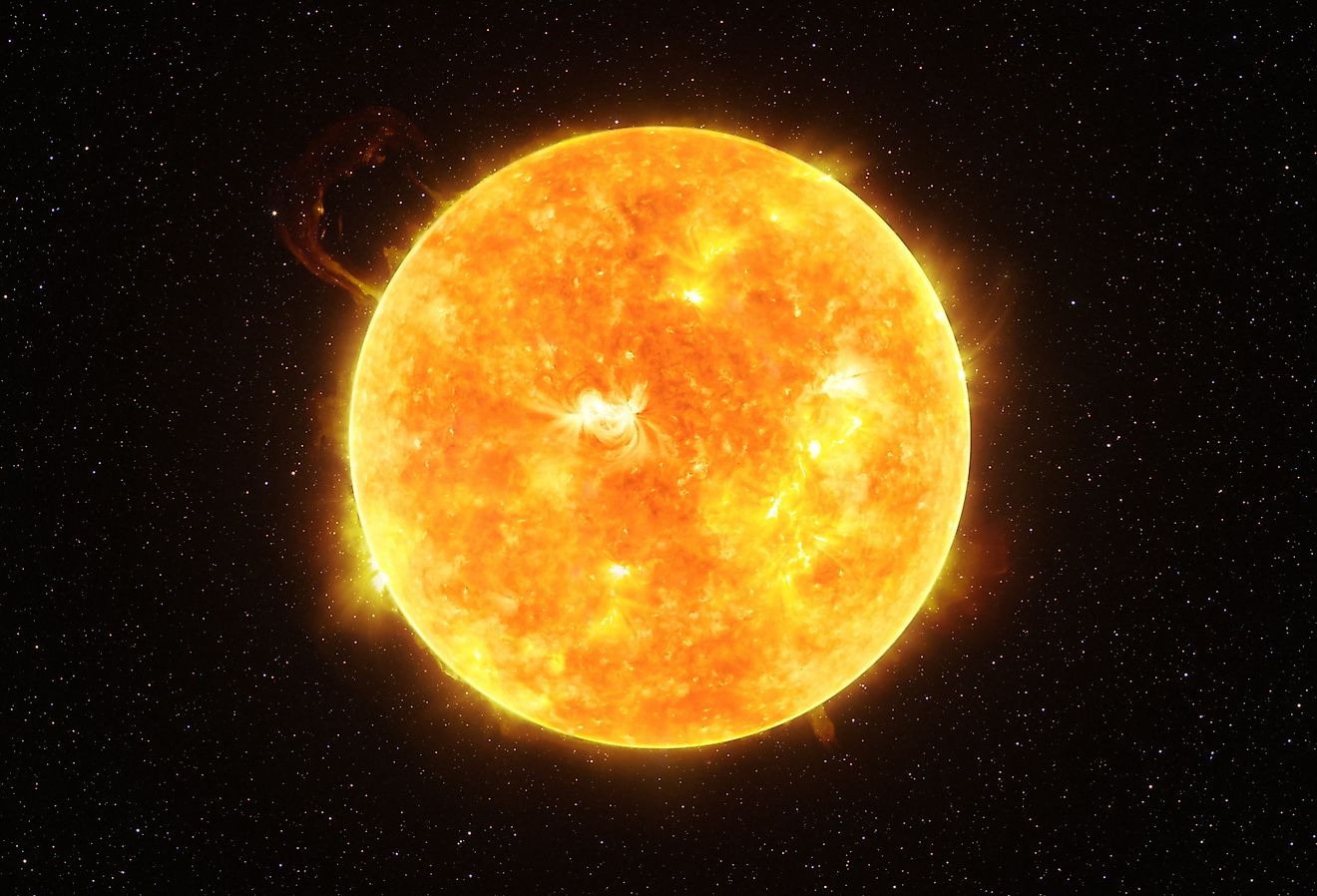
America's Most Natural Disaster-Prone States
Culturally and politically, the United States often appears to be a fractured society of divided interests. Yet, in the aftermath of tragedy, an unrivaled sense of solidarity and cooperation becomes magnificently apparent. Given that the 50 states incorporate nearly 3.8 million square miles of territory, it is not unrealistic that some stretches are a little more prone to environmental casualties than others. However, in the wake of disaster, American citizens go far and wide to help their distant neighbors. Wildfires, hurricanes, and city-swallowing earthquakes have terrorized red-white-and-blue citizens for centuries, so delving into where and why this occurs can be life-saving information.
California
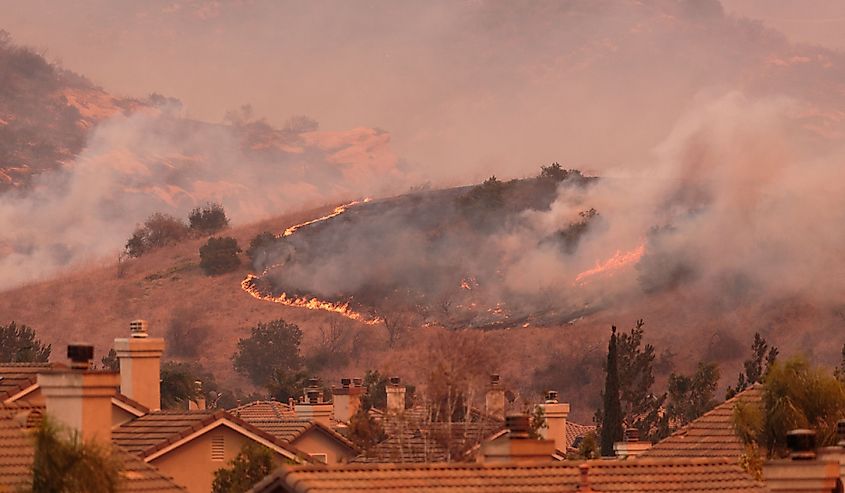
This state of California's reputation precedes itself with more than just Hollywood glamor and towering redwood forests. "California" is now synonymous with unrelenting 'Acts of God;' a legitimate term used in disaster insurance. Consider the 2018 Camp Fire: a blaze so unforgiving it stole 85 lives and razed nearly 19,000 structures to the ground. Then there is the notorious 1906 San Francisco earthquake, a seismic dance that left around 3,000 dead and the city in ruins. Do not forget the deluge of the Great Flood of 1862, which engulfed a staggering third of the Golden State, leaving a toll on human life that couldn't be precisely counted. And let's not overlook the 2018 Montecito mudslides, responsible for snuffing out at least 23 lives and obliterating over 100 homes.
What is the culprit behind this repertoire of catastrophes? It's not just a case of bad luck—it's California's geographical quirks and climatic disadvantages. Wildfires catch life from a cocktail of sizzling heat, parched landscapes, and the Santa Ana winds whipping through the air. Earthquakes owe their seismic performances to the San Andreas Fault and its lesser-known but equally troublesome relatives crisscrossing the state. As for mudslides and floods, they are often the offspring of heavy rains meeting landscapes denuded by fire or fueled by weather outliers like El Niño.
Texas
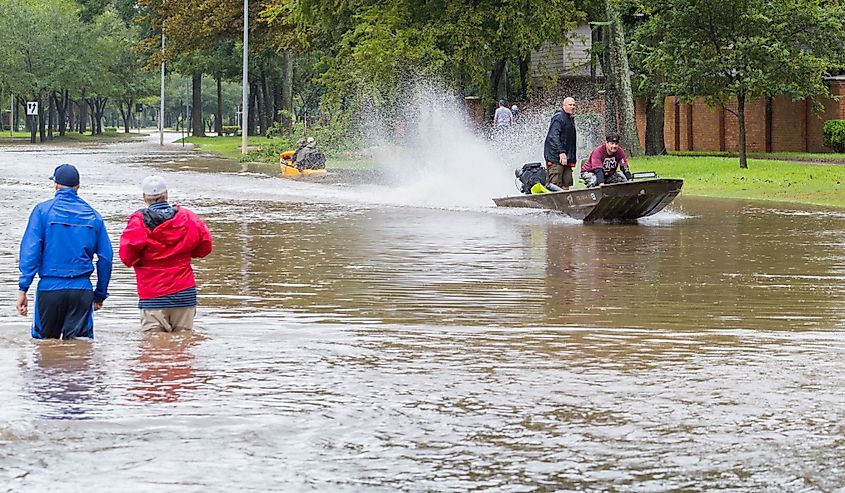
In the sprawling expanse of Texas, the elements have penned a narrative of breathtaking power and haunting vulnerability. The state's history reads like a catalog of natural calamities, each with its own toll on human life and infrastructure. Take hurricanes Harvey and Ike, for instance, which unleashed floodwaters that consumed entire communities, ending 82 and 112 lives, respectively, and leaving Harvey's damage bill at a mind-numbing $125 billion. Yet, cyclones are but one chapter in this ongoing saga. The 1953 Waco tornado, a menacing whirlwind, extinguished 114 lives and left 600 wounded. Then, there is the fiery devastation of wildfires like the 2011 Bastrop County Complex Fire, which incinerated 34,000 acres and razed 1,600 homes to the ground. Escalating the issue further, Texas has also experienced extreme droughts, such as the seven-year parching in the 1950s that crippled agriculture and drove population decline. Most recently, the 2021 winter freeze served as a chilling reminder of the state's susceptibility, leading to between 246 and 702 deaths and leaving millions in the dark.
The engines driving these tragedies are as diverse as Texas itself. Due to the state's location, its coast serves as a landing strip for hurricanes fueled by the warm Gulf waters. Its position within Tornado Alley makes it a battleground where volatile air masses collide to spawn tornadoes. Arid conditions and high winds become the kindling and breath for wildfires and droughts, while instabilities in the polar vortex set the stage for icy winter storms.
Florida
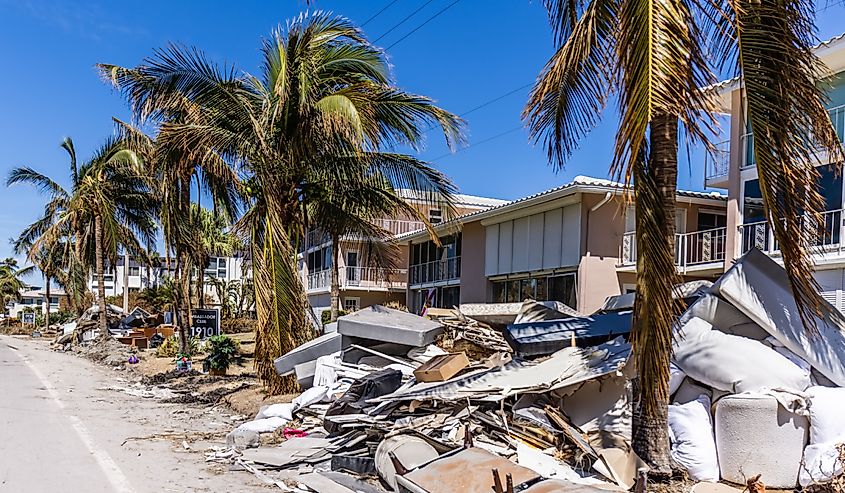
Florida is a paradise with a perilous edge. While hurricanes reign as the most notorious agents of destruction, the infamous 1935 Labor Day Hurricane remains unparalleled in its ferocity, wiping out 423 lives and virtually erasing the town of Islamorada from the map. Not to be overshadowed, Hurricane Andrew in 1992 left a hefty $27.3 billion invoice of ruin (equivalent to $58 billion in 2023) and claimed 65 souls. Although tornadoes are less frequent visitors, they pack a punch; the Central Florida tornado outbreak of 1998 tore through communities, leaving 42 dead and hundreds of homes in shambles. Floods, often the aftermath of tempestuous summer storms and hurricanes, further muddy the waters, making exact death tolls difficult to pin down.
To explain Texas' propensity for these weather events, the answer lies in its unique geography. Florida's flat terrain serves as a virtual welcome mat for floods, while its position at the tail end of the tornado-prone "Dixie Alley" beckons twisters. The state's warm surrounding waters are the perfect breeding ground for hurricanes and a cocktail of atmospheric instability and clashing air masses fuels these natural calamities.
Oklahoma
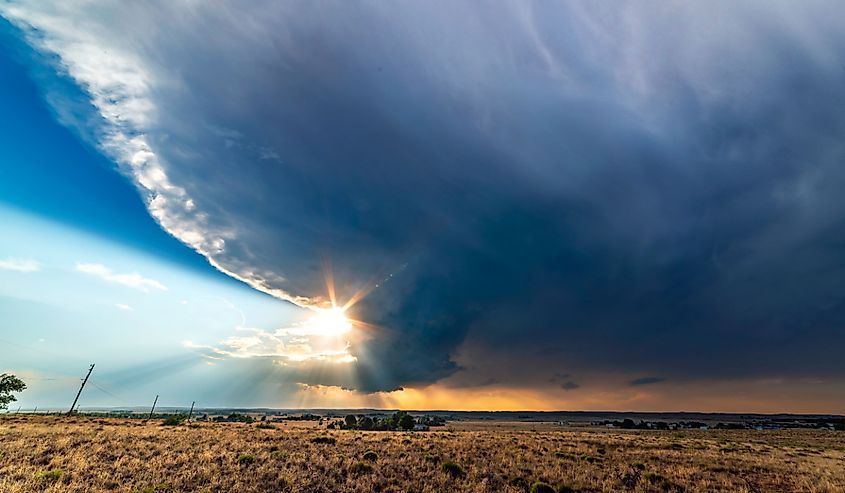
In the heartland of America, Oklahoma is no stranger to nature's fury. The state wears the crown for hosting the most powerful tornado ever documented: the 1999 Bridge Creek–Moore tornado, which roared through with wind speeds peaking at an astounding 301 mph. This devastating event claimed 36 lives, injured 583, and left a $1 billion scar on the community. But the tempests do not tell the whole tale—Oklahoma also contends with catastrophic flooding, like the 2019 deluge that swelled the damage bill to over $2 billion. Add to this the crippling droughts and wildfires that struck the agriculture sector with a $2 billion blow in 2011-2012.
This climatic roulette isn't merely a poor roll of the dice; Oklahoma sits at the crossroads of Tornado Alley—a unique collision zone where moist air from the Gulf of Mexico smashes into dry air from the Rockies and cold currents from Canada, brewing the supercells that give birth to tornadoes. Flooding usually arises when heavy rainfall or melting snow overwhelms the river systems, while the increasing frequency of droughts and wildfires points to shifting climate patterns and land management practices.
Alaska
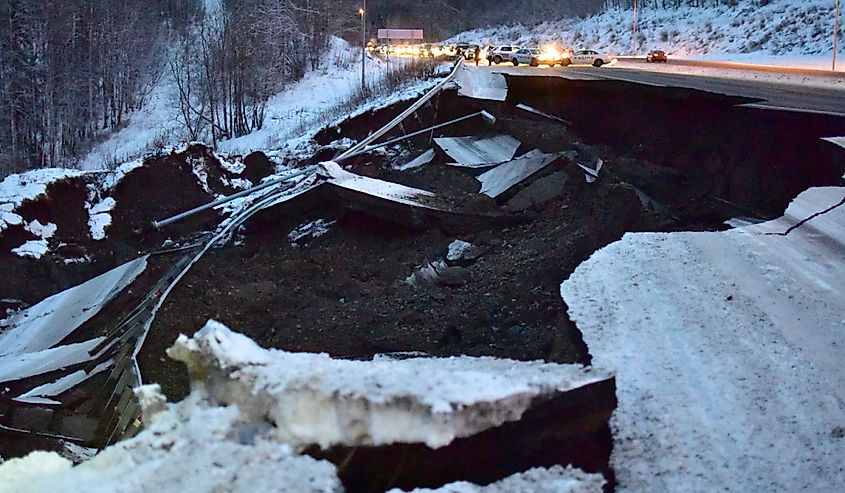
Alaska—often called the "Last Frontier"— is a place where earth-shaking catastrophes are not merely written in history books but are etched into the very landscape. Take, for instance, the Great Alaska Earthquake of 1964. Measuring an astounding 9.2 in magnitude, it claimed 139 lives and caused damages equivalent to over $2.3 billion today. This seismic upheaval didn't stop at rattling the earth; it unleashed a colossal tsunami that swallowed coastal towns and even made its presence felt as far away as Hawaii.
But earthquakes are not Alaska's only natural actors on this perilous stage. The state is also a hotbed for volcanic activity, such as the formidable eruption of Novarupta in 1912—among the most powerful of the 20th century. Thankfully, it spared human lives. Avalanches and wildfires complete the ensemble, albeit with a comparatively modest impact on life and property.
To decipher why Alaska is prone to one emergency after another, one must take a look at its geological setting on the Pacific Ring of Fire—a hotspot for tectonic activity. Add that to Alaska's overall rugged topography and extreme climate, and you have a recipe not just for awe-inspiring beauty but for nature's fury as well.
Louisiana
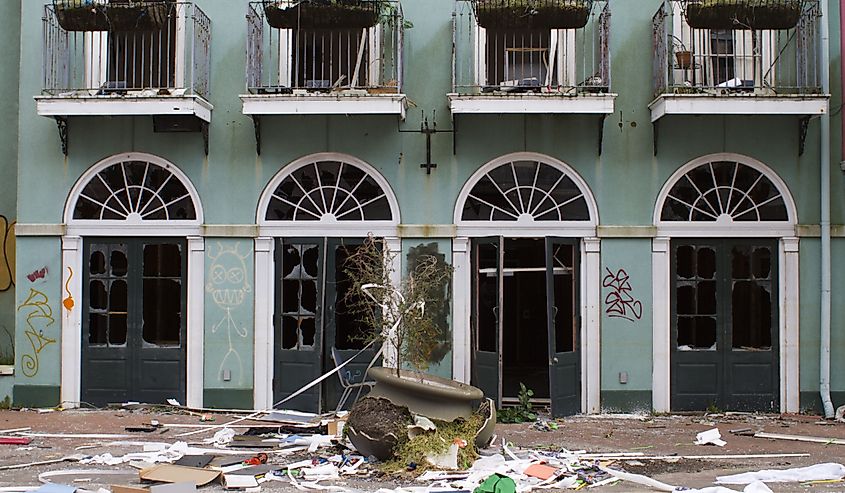
Louisiana is no stranger to devastating natural disasters, notably hurricanes and floods. Hurricane Katrina in 2005 was the most catastrophic, causing 1,836 deaths and over $125 billion in damage. In 1927, the Great Mississippi Flood inundated 27,000 square miles of land, leaving countless people homeless. In 2016, an unnamed storm dumped three times as much rain as Hurricane Katrina, causing 13 deaths and $10 billion in losses. Tornadoes also pose a risk, though their impact is generally less severe compared to hurricanes and floods.
The expression "location, location, location" is not just important for housing costs! Because Louisiana sits along the Gulf of Mexico, Louisiana is a prime target for hurricanes, which gain energy from warm ocean waters. The state's low elevation and proximity to multiple water bodies make it highly susceptible to flooding. Human factors like deforestation and inadequate infrastructure exacerbate these natural vulnerabilities, amplifying the scale of destruction.
Missouri
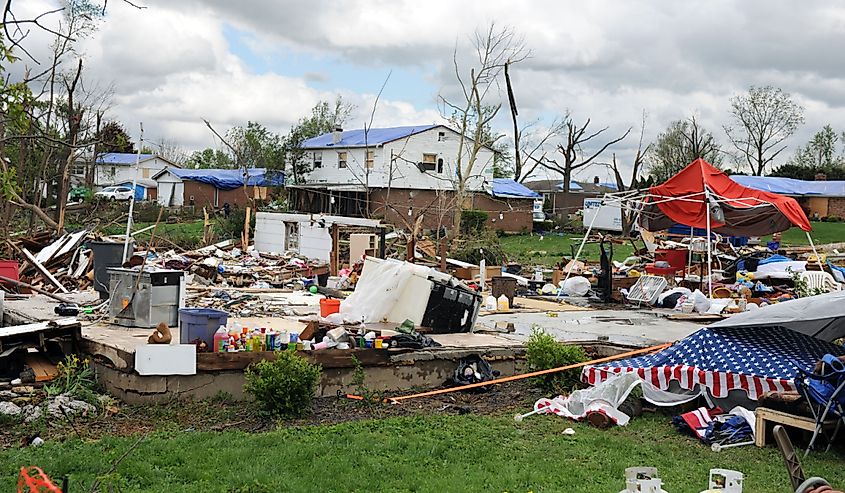
Missouri serves as a poignant reminder that the beauty of Mother Nature can also hold the power for immense destruction. The state has been historically scarred by natural disasters, with tornadoes and floods leaving an indelible mark. In 1925, the Tri-State Tornado—the deadliest of its kind in American history—swept through Missouri, Illinois, and Indiana, resulting in 695 deaths, 11 of them in Missouri. Fast-forward to 1993, and the state found itself submerged by the Great Flood, a deluge that claimed 50 lives and inflicted over $15 billion in damages across the Midwest. But time didn't heal all; in 2011, Joplin was shattered by an EF-5 tornado, causing a loss of 158 lives and almost $3 billion in damages.
Missouri rests in the perilous region known as "Tornado Alley," meaning that the state is a frequent stage for twisters. Another complication is Missouri's numerous rivers, which are prone to flooding, especially when upstream rain and melting snow come into play. As climate change and urban growth ratchet up the stakes, the importance of readiness and resilience has never been more urgent.
Hawaii

Hawaii may look like paradise, but this tropical Eden masks an underbelly of natural perils, from the swirling fury of hurricanes to the seething rage of volcanoes, the bone-chilling sweep of tsunamis, and the consuming flames of wildfires. One such peril was Hurricane Iniki, which roared through in 1992, leaving seven dead and a $3.1 billion wake of devastation. And who could forget Kilauea's 2018 performance, wiping out 700 homes but mercifully sparing lives? Tsunamis are no strangers to causing tragedy either; in 1946, one such wave claimed 159 lives and left ruin in its path. Just recently, the Maui fire of August 2023 extinguished 115 lives and consumed 2,200 structures, primarily in Lahaina.
The roots of these calamities lie in Hawaii's distinct geographical profile and its strategic location. Perched in the central Pacific, Hawaii finds itself in the line of sight of both eastward hurricanes and tsunamis born from the seismic tumult of the Pacific Ring of Fire. As active volcanic zones, the islands live with the certainty of eruptions. Additionally, wildfires should not be overlooked, which are growing more frequent and ferocious due to climate change and human actions, especially in drought-prone areas and under weather conditions that are conducive to power line failures.
Tennessee
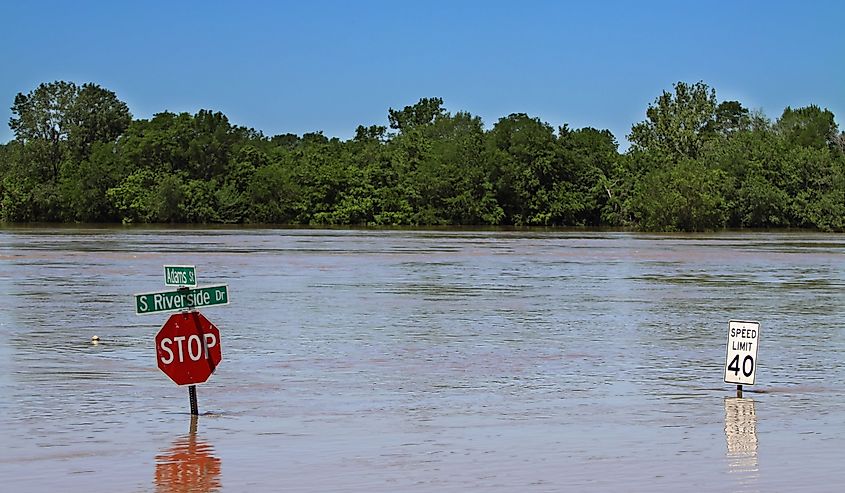
This state is somewhat ironically dubbed "The Volunteer State" due to the state's aid in the War of 1812, but now, volunteers commonly travel to Tennessee to help rebuild. Those efforts, spurred by nationally broadcasted concerns, typically occur in the wake of a trio of destructive forces: tornadoes, floods, and earthquakes. The 1933 Beersheba Springs tornado was a historical nightmare, claiming 35 lives and leaving a trail of devastation. Fast-forward to 2010, and you'll find the floods in Nashville causing their own brand of chaos, responsible for 26 deaths and a shocking $2 billion in damages. Rewind even further, and the New Madrid Earthquakes of 1811-1812 stand as seismic echoes from the past that could herald catastrophic outcomes in the present.
The mechanics behind these calamities are as complex as they are daunting. Tornadoes are birthed from the turbulent marriage of tepid, humid air from the Gulf of Mexico with its colder, drier Canadian counterpart. Floods, on the other hand, are typically the offspring of heavy rain or melting snow, made worse by Tennessee's network of rivers and tributaries. Earthquakes, the rarest of the three, trace their origin to the New Madrid Seismic Zone, a lurking fault line that cuts through the state's western terrain. In short, Tennessee's susceptibility to these disasters is the byproduct of a unique blend of natural elements and geographical quirks.
Conclusion
The frequency and variety of natural disasters across the United States, from California's wildfires to Florida's hurricanes, are somber evidence of a shared vulnerability transcending state borders and politics. Geographical and climatic conditions undoubtedly play a role, but human factors—such as land management practices and infrastructure—also contribute to the scale of destruction. Generally speaking, U.S. engineering requirements are strict, which has reduced the destruction of many of these disasters. Yet, as climate change continues to intensify these phenomena around the globe, one must wonder if the worst is yet to come.
